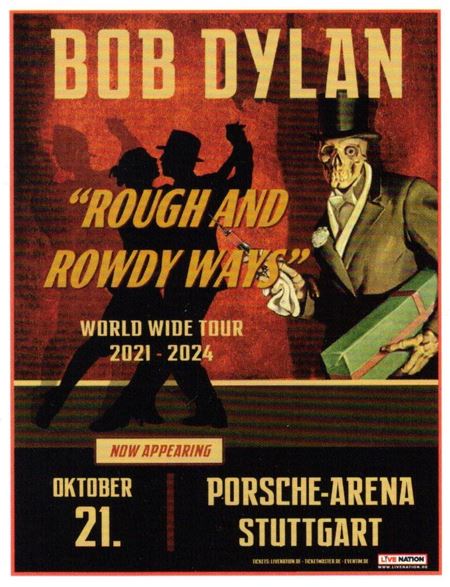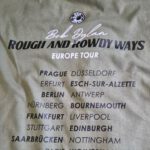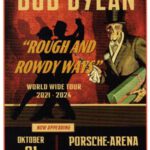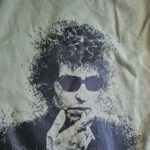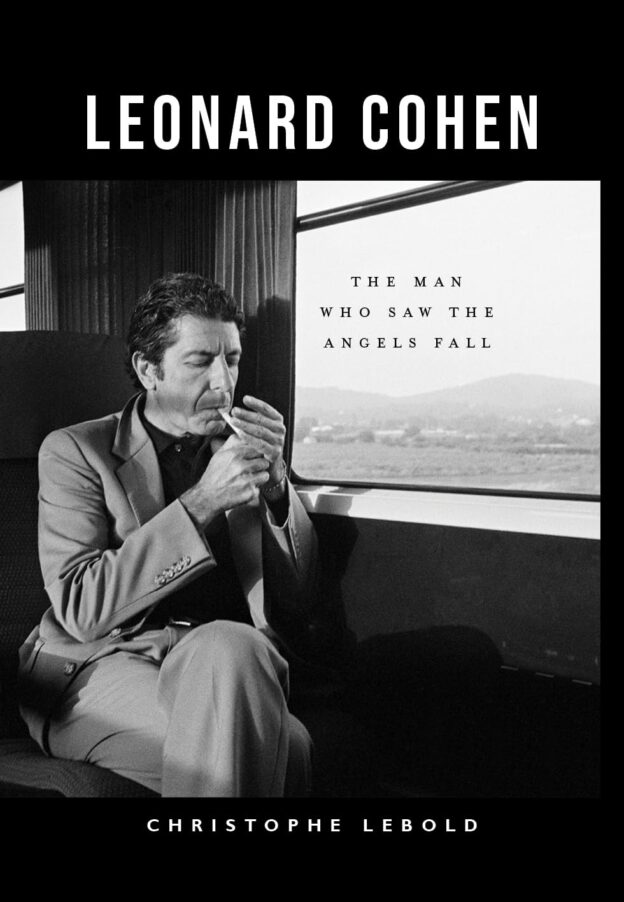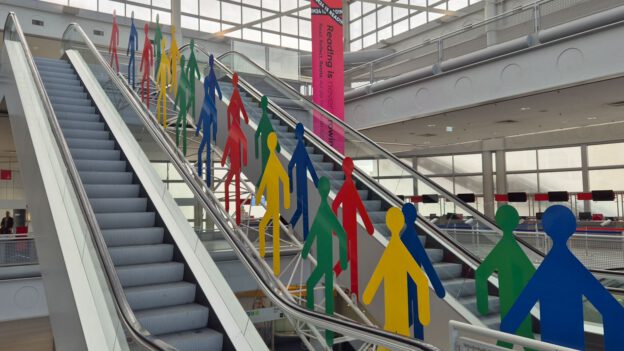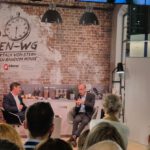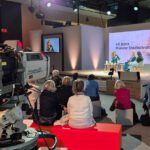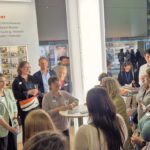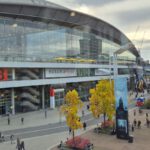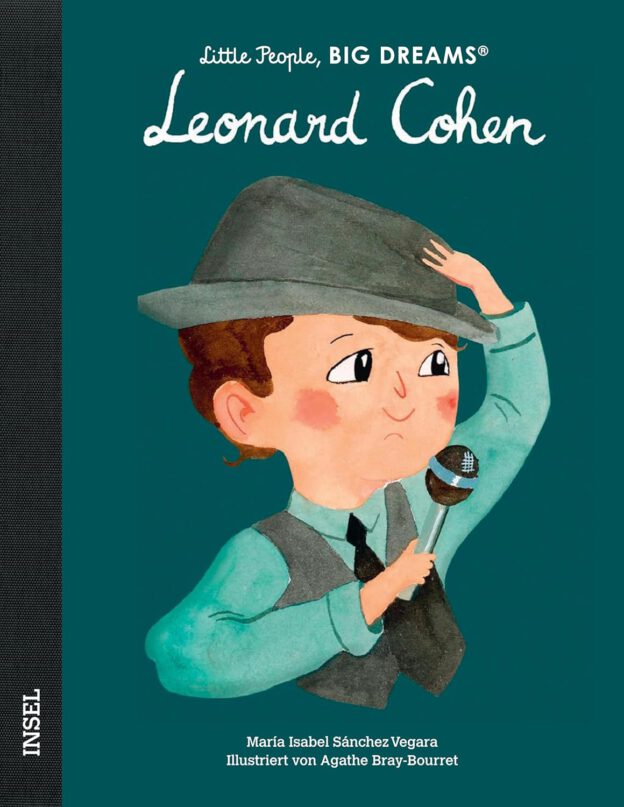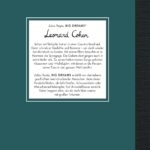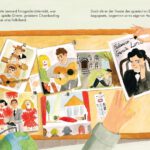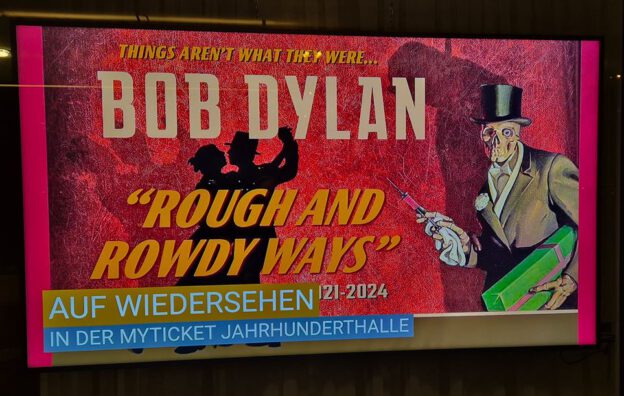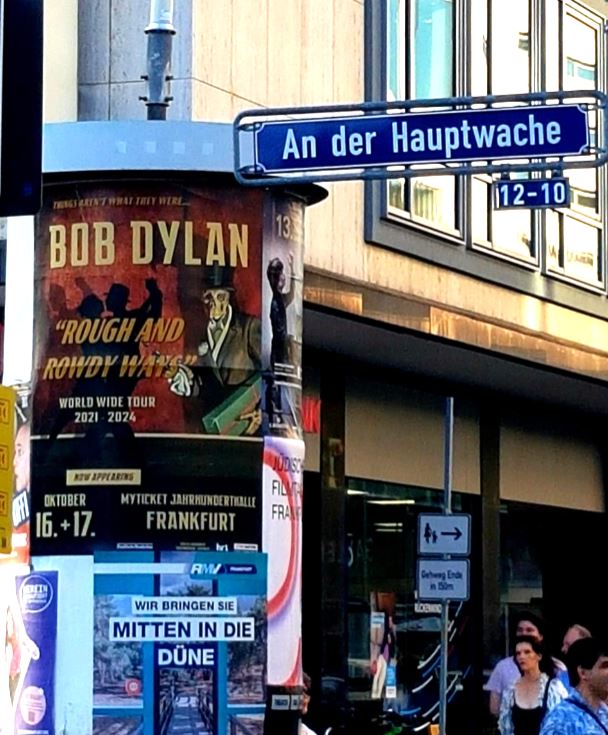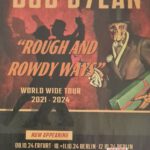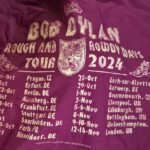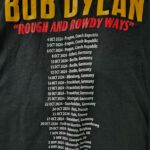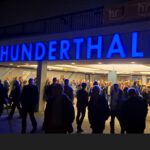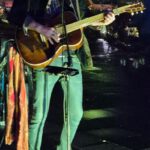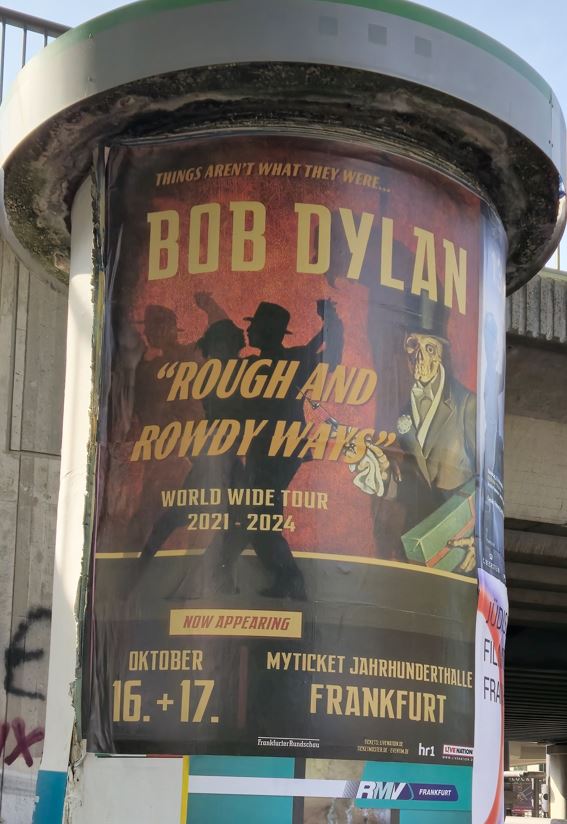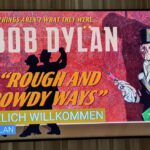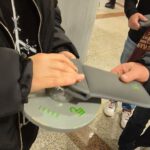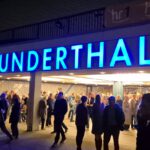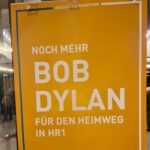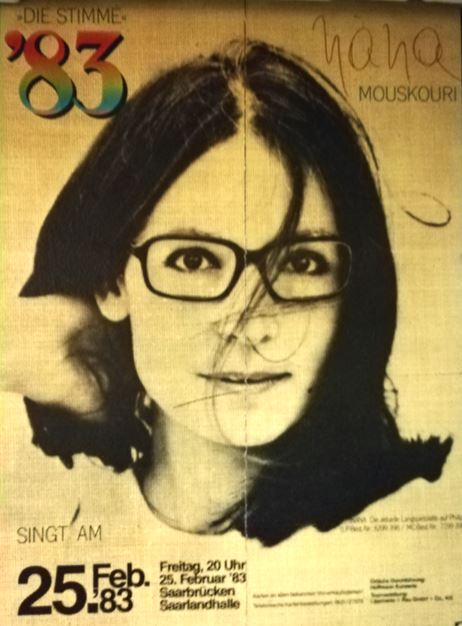„It’s All Over Now, Baby Blue in Stuttgart“ (German Version, scroll down for English Version)
„It`s All Over Now, Baby Blue in Stuttgart“ – Um meine Eindrücke von Stuttgart kurz zu halten und das Fazit voranzustellen: Bob`s fast ausverkaufter Auftritt in Stuttgart war nicht sein bester. Der Auftritt wirkte irgendwie gehetzt und schneller gespielt als bisher, als würde Dylan seinen Flow suchen, ohne ihn wirklich zu finden. Vielleicht lag es an der Hallenakustik? Die Stuttgarter Porsche Arena ist nicht der ideale Ort, um ein leises Konzert zu inszenieren. Sie ist eine Mehrzweckhalle für Ballsportarten, Tennis, Tischtennis, Eishockey oder Tanzsport-Veranstaltungen, die mangels Zuschauerinteresses nicht in der benachbarten größeren Hanns-Martin-Schleyer-Halle stattfinden. Eine Mehrzweckhalle bietet einfach nicht die Musikalität für ein gediegenes analog anmutendes und smartphone-freies Konzert von Bob Dylan im „Rough And Rowdy Ways“-Modus. Die recht ungemütliche Sporthallen-Atmosphäre tut das ihrige dazu. Die knapp 20 Treppenaufgänge, die jeweils beidseitig aufdringlich eine grellblaue hospitalähnliche Notfall-Beleuchtung aufweisen, geben dem vom Künstler angestrebten Dunkel einen seltsamen Kontrast zum Zartgelb von Dylans spärlicher Bühnenbeleuchtung und lenkt vom Bühnengeschen ab, wenn man auf den Rängen oder in hinteren Reihen Platz genommen hat. Das etwas unpässlich anmutende Ambiente passt dagegen gut zum ebenso ein wenig unpässlich agierenden Publikum. Selten zuvor habe ich bei einem bestuhlten Konzert so viele Menschen erlebt, die lautstark durch die Reihen huschen, um ihre Bierbecher auffüllen zu lassen. Doch zurück zum Konzert: Es dauerte gefühlt ein wenig länger, bis man die Worte „There must be some kind of way outta here“ vernimmt. Dylan lies sich dafür drei Minuten Zeit. Doch der einsetzende viel zu leise oder eben schlecht ausgesteuerte Gesang von Dylan klingt nicht gut abgemischt, was sich im Laufe des Konzertes leider nicht viel verbessert. Ein Umstand, den Dylan scheinbar zu weniger Nuancierungen gerade bei den leisen Liedern animiert. Manchmal klingen die leiseren Songs durch die hämmernden Klavierklänge wie gespalten. Manchmal klingen sie phänomenal phrasiert. Ja, das Stuttgarter Konzert hatte großartige Momente, aber richtige Highlights gab es dennoch nicht. Die siebzehn Songs klingen mehr nach dem Abarbeiten eines Pflichtprogramms. Und Dylan nutzt insbesondere gegen Ende eines jeden Songs nahezu jede Gelegenheit, um schiefe Klaviersoli und Kadenzen in seinen Flügel zu schlagen. Dylan scheint vielleicht auch ein wenig gegen die Ignoranz des Publikums musizieren zu wollen. Vielleicht war aber auch nur das Piano zu laut und dominant abgemischt. Und ja, auch wenn Dylan die Songs wie „When I Paint My Masterpiece“, „Desolation Row“, „I`ve Made Up My Mind To Give Myself To You“, „Goodbye, Johnny Reed“ und dem finalen Song „Every Grain Of Sand“ mit seiner Mundharmonika veredelte, klang es immer ein wenig schräg, gelegentlich zu laut und gerade nicht passend. Je unruhiger es im Publikum wurde, umso schräger improvisiert Dylan auf seinem Klavier. Manchmal schien er es geradezu zu genießen, dissonante Tonfolgen und Akkorde aus seiner Tasten herauszuzaubern. Seine Begleitband um Bob Dylan Tony Garnier (bg), Jim Keltner (dr), Bob Britt (g) und Doug Lancio (g), hat manchmal Schwierigkeiten ihrem Chef am Klavier zu folgen. Das Klavier kommt immer wieder zu laut rüber, um Dylans Anliegen, seine Texte zu zarten Blues-Klängen zu rezitieren, zu realisieren.
Bei „It’s All Over Now, Baby Blue“ kommuniziert Dylan mit kurzen Zurufen, Blicken und Handzeichen oft mit seinem Schlagzeuger Jim Keltner. Gerade bei diesem Song, scheinen sich die beiden darüber zu amüsieren, dass jeder im Publikum den Folk-Rock-Song kennt. Die vielen darin enthaltenen symbolistischen Sprachbilder, die sich schon seit der Song-Veröffentlichung 1965 einer konkreten Deutung entziehen, fallen hier nur den konzentriert Zuhörenden auf.
Für Dylan scheinbar ein Grund mehr, das Lied am Ende mit der Mundharmonika unharmonisch ausklingen zu lassen, um dann doch nicht all zu sehr an den frühen, jungen Dylan zu erinnern. Immer dann, wenn Dylan zur Mundharmonika greift, wird es fast schon zu nostalgisch. Geradezu jung wirkt Dylan an diesem Abend, wenn er wie ein „Song & Dance-Man“ tippelnd um sein Klavier herumtänzelt, um dann doch gelegentlich ohne den Schutz seines Instrumentes, an dem er sich gerne auch mit einer Hand festhält und nur in Form seiner Verse zu seinem Publikum spricht. Dylan wirkt an diesem Abend jünger als er ist. Immer dann, wenn sich Dylan von seinen Klavierimprovisationen löste, schaffte es die Band, das gewohnte Klangbild zu erzeugen. Ein ganz einheitliches Klangbild ist an diesem Abend dennoch schwierig herauszuhören. Dafür fallen die vielen großen Namen auf, die sich in den Geschichten der Rough And Rowdy Ways-Lieder verbergen: Leon Russell, Jimmy Reed, Liberace, St. John the Apostle, Sherman, Presley, Martin Luther King, Calliope, McKinley, Ginsberg, Corso, Kerouac, Buddy, Truman, Anne Frank, Indiana Jones, William Blake, Beethoven, Chopin, Scarface Pacino, Godfather Brando, Julius Caesar, Cinderella, Bette Davis, Romeo, Noah, Einstein, Robin Hood, Casanova, Nero’s Neptune, Ezra Pound, T.S. Eliot unfd Mr. Poe, um nur einige der wichtigsten zu nennen. Dylan weiß in seinen aktuellen Texten den zitierten Namen aus der Vergangenheit eine Bedeutung für die Gegenwart zu geben. Und er weiß, all das ins Blues-Schema als Basis für die musikalische Untermalung einzubetten. Wäre die Konzertatmosphäre nicht eine der etwas unruhigeren gewesen, hätte er sich improvisatorisch vielleicht mehr zurückgenommen. So aber schlängelten sich die Musiker durch ein blues-, jazz- und swingbehaftetes Konzert der Beliebigkeit und spielten trotz der jeweils angestrebten Präzision gelegentlich sogar ein wenig aneinander vorbei. Und immer dann, wenn Dylan etwas aus der Vergangenheit erzählte, was für die Gegenwart von Bedeutung zu sein hat, ging jemand Bier holen. Im Vergleich zur besinnlichen Frankfurter Konzerttrilogie versank das Stuttgarter Konzert letztendlich in der Beliebigkeit eines Pflichtprogramms. Nichts war anders als bei anderen Konzerten, nichts war gar besser. Dieselbe Setlist, 110 Spielminuten, 17 Lieder, darunter 9 vom aktuellen der Tour ihren Namen gebenden Album und 8 Klassiker aus 3 verschiedenen Dekaden und kein Wort zum Publikum. All das wurde zum Menetekel eines austauschbaren Konzertabends. Nichts war außergewöhnlich, tiefgehend oder gar spannend. Das Publikum kam, trank sein Bier und ging, so wie Dylan kam, spielte und wieder ging. Hauptsache, alle waren dagewesen und können womöglich sagen, sie haben mit einem oder mehreren Bechern Bier in der Hand den Altmeister noch einmal leibhaftig bei seinem womöglich letzten Konzert in Stuttgart sehen und hören können. – „It`s All Over Now, Baby Blue“, wer immer diese „Baby Blue“ auch sein mag, einigen der 4000 Besucher in Stuttgart schien es eh egal zu sein. Cheers.
„It’s All Over Now, Baby Blue in Stuttgart“ (English Version)
„It’s All Over Now, Baby Blue in Stuttgart“ – To keep my impressions of Stuttgart short and to start with the conclusion: Bob’s almost sold-out performance in Stuttgart was not his best. The performance seemed somehow rushed and played faster than before, as if Dylan was looking for his flow without really finding it. Maybe it was because of the hall acoustics? Stuttgart’s Porsche Arena is not the ideal place to stage a quiet concert. It is a multi-purpose hall for ball sports, tennis, table tennis, ice hockey or dance sports events, which do not take place in the neighbouring larger Hanns-Martin-Schleyer-Halle due to a lack of spectator interest. A multi-purpose hall simply does not offer the musicality for a dignified, analogue-looking and smartphone-free concert by Bob Dylan in „Rough And Rowdy Ways“ mode. The rather uncomfortable sports hall atmosphere does its part. The almost 20 staircases, each of which obtrusively has a bright blue hospital-like emergency lighting on both sides, give the darkness the artist is aiming for a strange contrast to the pale yellow of Dylan’s sparse stage lighting and distracts from the hustle and bustle of the stage when one has taken a seat in the stands or in the back rows. The somewhat indisposed ambience, on the other hand, fits well with the audience, which is also a little indisposed. Rarely before have I seen so many people at a seated concert scurrying loudly through the rows to have their beer cups refilled. But back to the concert: It felt like it took a little longer to hear the words „There must be some kind of way outta here“. Dylan took three minutes to do so. But Dylan’s vocals, which are much too quiet or badly controlled, don’t sound well mixed, which unfortunately doesn’t improve much in the course of the concert. A circumstance that apparently animates Dylan to less nuance, especially in the quiet songs. Sometimes the quieter songs sound split by the pounding piano sounds. Sometimes they sound phenomenally phrased. Yes, the Stuttgart concert had great moments, but there were still no real highlights. The seventeen songs sound more like working through a compulsory program. And Dylan uses almost every opportunity, especially towards the end of each song, to hit crooked piano solos and cadenzas into his grand piano. Dylan may also seem to want to make music a little against the ignorance of the audience. But maybe only the piano was mixed too loud and dominant. And yes, even though Dylan refined the songs like „When I Paint My Masterpiece“, „Desolation Row“, „I’ve Made Up My Mind To Give Myself To You“, „Goodbye, Johnny Reed“ and the final song „Every Grain Of Sand“ with his harmonica, it always sounded a little weird, occasionally too loud and just out of place. The more restless it became in the audience, the more obliquely Dylan improvised on his piano. Sometimes he seemed to enjoy conjuring up dissonant tone sequences and chords from his keys. His backing band around Bob Dylan, Tony Garnier (bg), Jim Keltner (dr), Bob Britt (g) and Doug Lancio (g), sometimes has difficulty following their boss at the piano. The piano always comes across as too loud to realize Dylan’s desire to recite his lyrics to delicate blues sounds.
On „It’s All Over Now, Baby Blue“, Dylan often communicates with his drummer Jim Keltner with short shouts, looks and hand signals. Especially with this song, the two seem to be amused by the fact that everyone in the audience knows the folk-rock song. The many symbolistic linguistic images contained in it, which have eluded concrete interpretation since the song’s release in 1965, are only noticed by the concentrated listeners.
For Dylan, it seems to be one more reason to let the song fade out inharmoniously with the harmonica at the end, so as not to remind too much of the early, young Dylan. Whenever Dylan picks up the harmonica, it becomes almost too nostalgic. Dylan seems downright young this evening when he dances around his piano like a „Song & Dance-Man“, only to occasionally speak to his audience without the protection of his instrument, which he likes to hold on to with one hand and only speaks to his audience in the form of his verses. Dylan looks younger than he is this evening. Whenever Dylan broke away from his piano improvisations, the band managed to create the usual sound. Nevertheless, it is difficult to hear a completely uniform sound on this evening. Instead, the many big names hidden in the stories of the Rough And Rowdy Ways songs stand out: Leon Russell, Jimmy Reed, Liberace, St. John the Apostle, Sherman, Presley, Martin Luther King, Calliope, McKinley, Ginsberg, Corso, Kerouac, Buddy, Truman, Anne Frank, Indiana Jones, William Blake, Beethoven, Chopin, Scarface Pacino, Godfather Brando, Julius Caesar, Cinderella, Bette Davis, Romeo, Noah, Einstein, Robin Hood, Casanova, Nero’s Neptune, Ezra Pound, T.S. Eliot and Mr. Poe, to name just a few of the most important. In his current texts, Dylan knows how to give the quoted names from the past a meaning for the present. And he knows how to embed all this in the blues scheme as a basis for the musical accompaniment. If the concert atmosphere hadn’t been one of the more restless ones, he might have been more restrained in improvisation. As it was, however, the musicians meandered through a blues, jazz and swing-laden concert of arbitrariness and, despite the precision they were striving for, occasionally even played a little past each other. And whenever Dylan told something from the past that has to be important for the present, someone went to get beer. Compared to the contemplative Frankfurt concert trilogy, the Stuttgart concert ultimately sank into the arbitrariness of a compulsory programme. Nothing was different from other concerts, nothing was better. Same setlist, 110 minutes of playing, 17 songs, including 9 from the current album that gives the tour its name and 8 classics from 3 different decades and not a word to the audience. All this became the warning sign of an interchangeable concert evening. Nothing was extraordinary, profound or even exciting. The audience came, drank their beer and left, just as Dylan came, played and left. The main thing is that everyone was there and can possibly say that they were able to see and hear the old master in the flesh again with one or more cups of beer in their hands at what may have been his last concert in Stuttgart. – „It’s All Over Now, Baby Blue“, whoever this „Baby Blue“ may be, some of the 4000 visitors in Stuttgart didn’t seem to care anyway. Cheers.
| 1. | All Along the Watchtower (Bob on guitar and baby grand piano) |
| 2. | It Ain’t Me, Babe (Bob on guitar and baby grand piano) |
| 3. | I Contain Multitudes (Bob on baby grand piano) |
| 4. | False Prophet (Bob on baby grand piano) (Bob introduced Bob Britt at the end) |
| 5. | When I Paint My Masterpiece (Bob on baby grand piano and harp) |
| 6. | Black Rider (Bob on baby grand piano) (Bob introduced Doug Lancio at the end) |
| 7. | My Own Version Of You (Bob on baby grand piano) |
| 8. | To Be Alone With You (Bob on baby grand piano) |
| 9. | Crossing the Rubicon (Bob on baby grand piano) (Bob introduced Tony Garnier at the end) |
| 10. | Desolation Row (Bob on baby grand piano and harp) (Bob introduced Jim Keltner at the end) |
| 11. | Key West (Philosopher Pirate) (Bob on baby grand piano) |
| 12. | It’s All Over Now, Baby Blue (Bob on baby grand piano) |
| 13. | I’ve Made Up My Mind To Give Myself To You (Bob on baby grand piano and harp) |
| 14. | Watching the River Flow (Bob on baby grand piano) |
| 15. | Mother of Muses (Bob on baby grand piano) |
| 16. | Goodbye Jimmy Reed (Bob on baby grand piano and harp) |
| 17. | Every Grain of Sand (Bob on baby grand piano and harp) |

